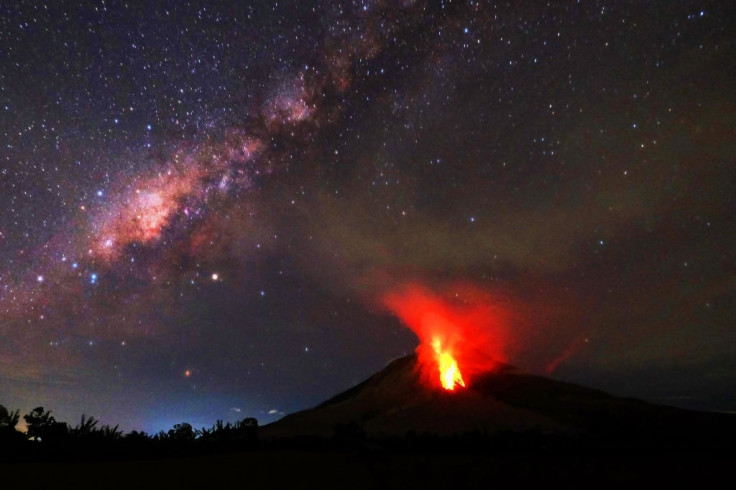A catastrophic eruption of the Yellowstone supervolcano isn't much to worry about, says scientist
Supereruption could leave United States under blanket of ash and trigger volcanic winter for entire world.
A leading scientist has poured cold water on fears over the supervolcano beneath Yellowstone National Park, saying it's unlikely to erupt in our lifetime, if ever. George Bergantz, a professor of Earth and Space Sciences at the University of Washington, said people shouldn't worry despite the apocalyptic impact an eruption could have on the United States and the rest of the world.
"Currently, Yellowstone is not thought to be predicatively active," Bergantz told Q13Fox.
He said it was very unlikely a supereruption would happen in the coming decades, if at all.
His comments come after new research out of Arizona State University showed the world may only have decades to prepare for a supereruption – not thousands of years, as previously thought.
By studying the last eruption to take place, researchers discovered the time it took for the required amount of magma to build up in the main chambers was much faster than first predicted.
"It's shocking how little time is required to take a volcanic system from being quiet and sitting there to the edge of an eruption," said one of the study's authors, Hannah Shamloo.
While the research focused on a potential warning sign an eruption could be about to happen, it is still not certain precisely what triggers a supervolcano to blows its top.
Prof. Bergantz also dampened fears the findings could mean we could see an eruption in our lifetime, saying: "These aren't likely to happen."
He also noted that Yellowstone, located mostly in the state of Wyoming, is one of the most monitored places in the world for volcanic activity. "We would see it coming," he added. "We would have an understanding of what would happen."
As the park's own website states: "Current geologic activity at Yellowstone has remained relatively constant since scientists first started monitoring more than 30 years ago.

"Another caldera-forming eruption is theoretically possible, but it is very unlikely in the next thousand or even 10,000 years. Scientists have also found no indication of an imminent smaller eruption of lava.
"Scientists from the Yellowstone Volcano Observatory (YVO) watch an array of monitors in place throughout the region. These monitors would detect sudden or strong movements or shifts in heat that would indicate increasing activity. No such evidence exists at this time."
Prof. Bergantz did, however, say the next supereruption would cause significant destruction, potentially taking out an area the size of Connecticut.
If one were to occur at Yellowstone today, experts say it could blanket North America in an ash cloud, destroy communication links and plunge Earth into a volcanic winter.
It has the ability to expel more than 1,000 cubic kilometres of rock and ash at once – about 2,500 times more than erupted from Mount St. Helens in 1980, which left 57 people dead. The last supereruption at Yellowstone took place more than 630,000 years ago.
It's not the only planet's buried supervolcano, with scientists believing a supereruption scars the planet every 100,000 years.






















